Kitchen Chemistry Experiment: Make a Cup Cake {Summer Science Series}
Chemistry is the theme for week 5 of our Summer Science Series with Edventures with Kids. Today we’re doing some kitchen chemistry and baking a cup cake. Affiliate links are included in this post. Thanks for supporting Inspiration Laboratories!
Whopper Cake
Whopper Cake by Karma Wilson is a very silly book. Granddad wants to make Grandma’s birthday extra special, so he makes a whopper cake. He doesn’t exactly follow the recipe deciding to add much more of each ingredient than required. The cake batter is so massive, he has to mix it in his truck! The heat of the sun bakes the cake. The whole town helps frost the cake and they surprise Grandma with the whopper cake. The book rhymes in typical Karma Wilson fashion. You’ll have fun reading it and want to make your own cake. There’s even a recipe in the back.
Kitchen Chemistry Experiment: Make a Cup Cake in the Microwave
Have you ever baked a cake in the microwave? Before this experiment, I had not. I first saw the idea on Kids Activities Blog. They have a 2 Minute Hot Chocolate Cake recipe that looks delicious. Their recipe called for boxed mixes {which makes it super easy}, but I wanted to let the kids experiment and make their own recipe. I searched for more microwave chocolate cake recipes and compared all of their ingredients. Honestly, there wasn’t much variation in the recipes. Did those small variations cause big changes in the results of the cake? That’s what we wanted to test.
Here’s what you’ll need:
- flour
- cocoa powder
- sugar
- baking powder
- salt
- milk
- oil or butter
- peanut butter {optional}
- eggs
- vanilla
Most of the recipes called for eggs. The few that didn’t claimed to be more brownie like than cake like. I didn’t want to use an egg for all of our experiments so we only used it in one. {I also happened to be out of milk so we used sweetened condensed milk.}
Aiden’s friend, Lindsey, made “cup” cakes with us. They called them cup cakes because we made the cakes in cups {tea cups/coffee mugs}.
I had them follow my directions to make their first cakes. As they mixed their dry ingredients, we talked about mixtures. {Here’s another fun making mixtures activity.}
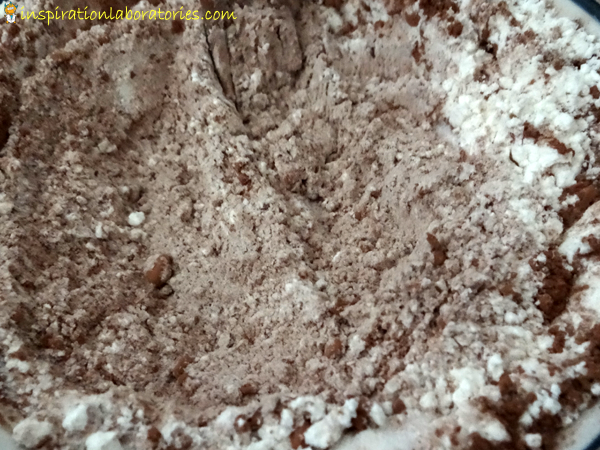
For their second cakes, I let them change the amounts of the ingredients to create their own recipe. Each of the kids added ingredients to their bowls {to make stirring easier}. I helped them finish stirring. Then, we transferred the batter to the cups.
Cake Recipe 1:
- 1/4 cup flour
- 1 tablespoon cocoa powder
- 2 tablespoons sugar
- 1/4 teaspoon baking powder
- pinch of salt
- 5 tablespoons of sweetened condensed milk
- 2 tablespoons of canola oil
Aiden’s Cake Recipe:
- 1/4 cup plus 1/8 cup flour
- 1 1/2 tablespoons cocoa powder
- 2 tablespoons sugar
- 1/2 tsp baking powder
- 3 tablespoons of sweetened condensed milk
- 3 tablespoons of canola oil
- 1/2 tablespoon peanut butter
- splash of vanilla
- 1 tablespoon water
Lindsey’s Cake Recipe:
- 1/4 cup flour
- 1 1/2 tablespoon cocoa powder
- 2 tablespoons sugar
- 1/2 teaspoon baking powder
- 5 tablespoons of sweetened condensed milk
- 2 tablespoons of canola oil
- 1/2 tablespoon peanut butter
- splash of vanilla
- 2-3 tablespoons water
My Cake Recipe:
- 1/4 cup flour
- 2 tablespoons cocoa powder
- 1 tablespoon sugar
- 1/4 teaspoon baking powder
- pinch of salt
- 5 tablespoons of sweetened condensed milk
- 2 tablespoons of canola oil
- 1 egg
- splash of vanilla
For each cake recipe, mix ingredients together. Microwave for 1 minute. If it seems too wet still, microwave for another 20 seconds or so. {For my cake recipe, I microwaved the cake for 2 minutes total.} Be careful not to over cook your cake or it will turn to a rock.
Our first cake was microwaved too long. The top part of the cake was edible but the bottom was too hard. The second attempt at the first recipe was a little better, but it still seemed a bit dry and parts of it were hard.
Aiden’s batter was a little sticker than brownie batter {photo below}.
Aiden’s recipe was cooked for only 70 seconds. It came out soft and tasty. Somewhere in between a brownie and a cake.
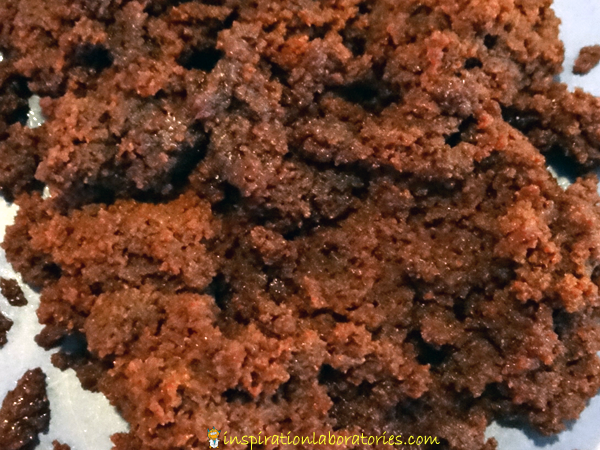
Lindsey’s recipe was cooked for 1 minute 40 seconds because the batter started out much wetter than Aiden’s {batter photo below}.
It too resulted in a soft and tasty cake that was in between a brownie and a cake. Aiden and Lindsey’s cakes both tasted very similar even though they used different ratios.
My cake was most different because of the addition of the egg. The cake rose in the microwave above the mug. The kids said it was just like in Whopper Cake {where the cake rose above the bed of the truck}. The texture was more cake like and it wasn’t as sweet as the other recipes. I enjoyed this cake with some chocolate ice cream.
We talked about the changes we made and the differences in the cakes. All in all it was a fun and tasty kitchen science experiment.
Play around with your own chocolate cake recipe and see what you create!
Summer Science Series Weekly Reading Themes
Week 1: Biology
- Backyard Earthworm Experiments
- Kids’ Books and Websites about Biology over at Edventures with Kids.
- Growing Vegetable Soup at Read Science
- Easy Earthworm Science Experiment
- How to Attract Fireflies
Week 2: Geology
- Rock Collecting
- Kids’ Books and Activities About Geology at Edventures with Kids
- R is for Rocks {part of our A to Z Science series for toddlers and preschoolers}
- Sediment Observations and Learning about Dirt at Read Science
Week 3: Astronomy
- Learn about the Sun, Moon, and Earth
- Astronomy Activities for Kids with a list of books about stars at Edventures with Kids
- Make a model of the solar system with this planet order activity.
- Play a Planet Board Game to learn about the planets.
Week 4: Physics
- Physics for Kids: Exploring Color and Temperature
- Exploring Physics with Kids with a cool sink and float activity at Edventures with Kids
- A collection of physics experiments and activities for preschoolers
Week 5: Chemistry
- Kitchen Chemistry Experiment: Make a Cup Cake
- Chemistry Experiments for Kids with CO2 from Edventures with Kids
- More Kitchen Chemistry ideas
- 20 Baking Soda Experiments
Week 6: Ecology
- Ecology for Kids: Food Chain Lesson
- Learn about Biomes plus Ecology Books and Resources at Edventures with Kids
Subscribe to our weekly newsletter and get exclusive science explorations for young scientists in each issue.
![]()

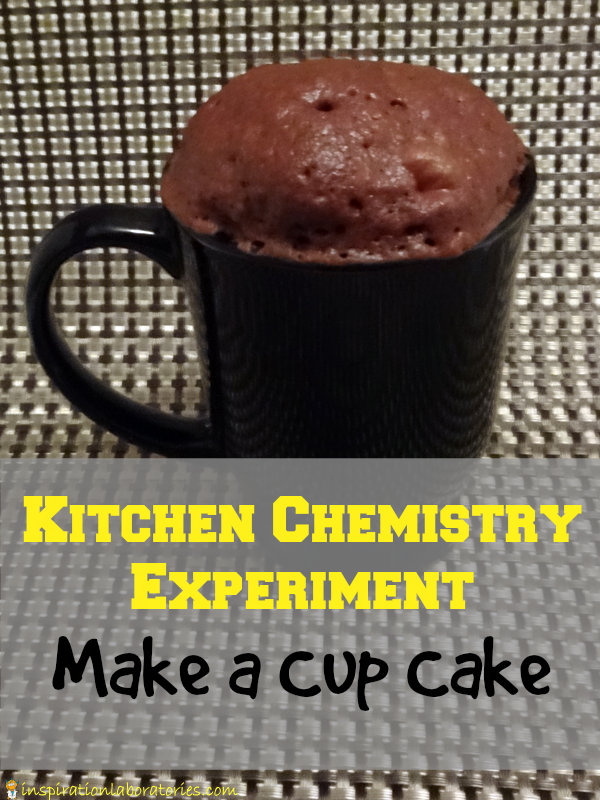

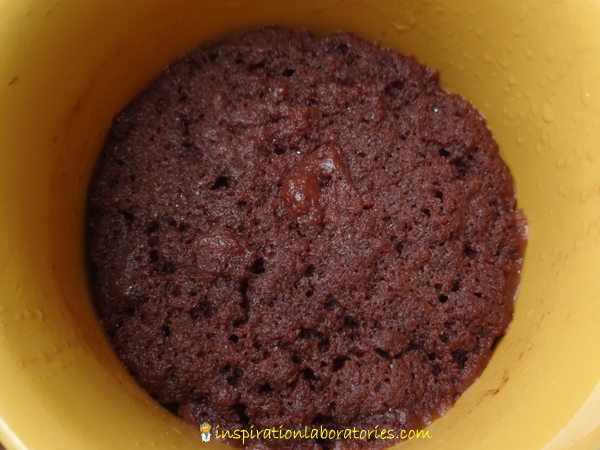
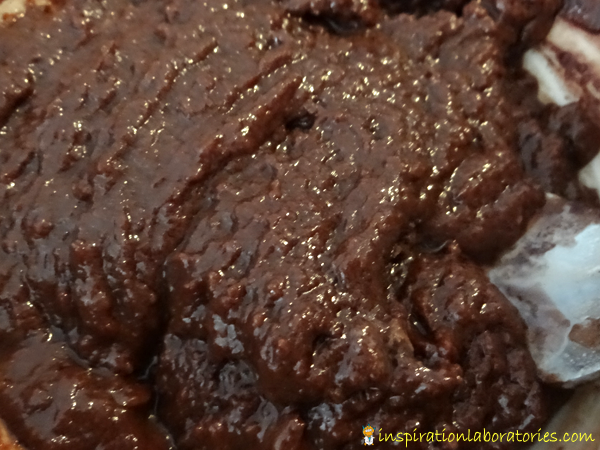
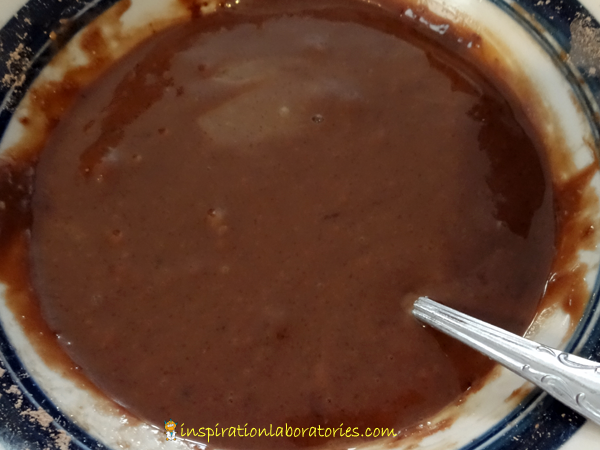

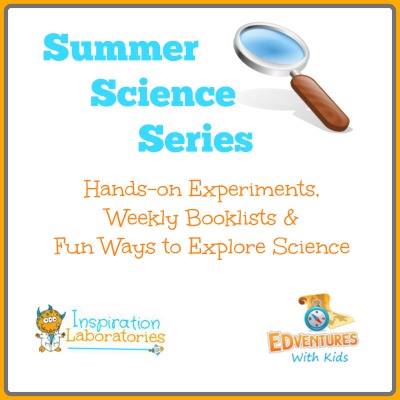
Leave a Reply